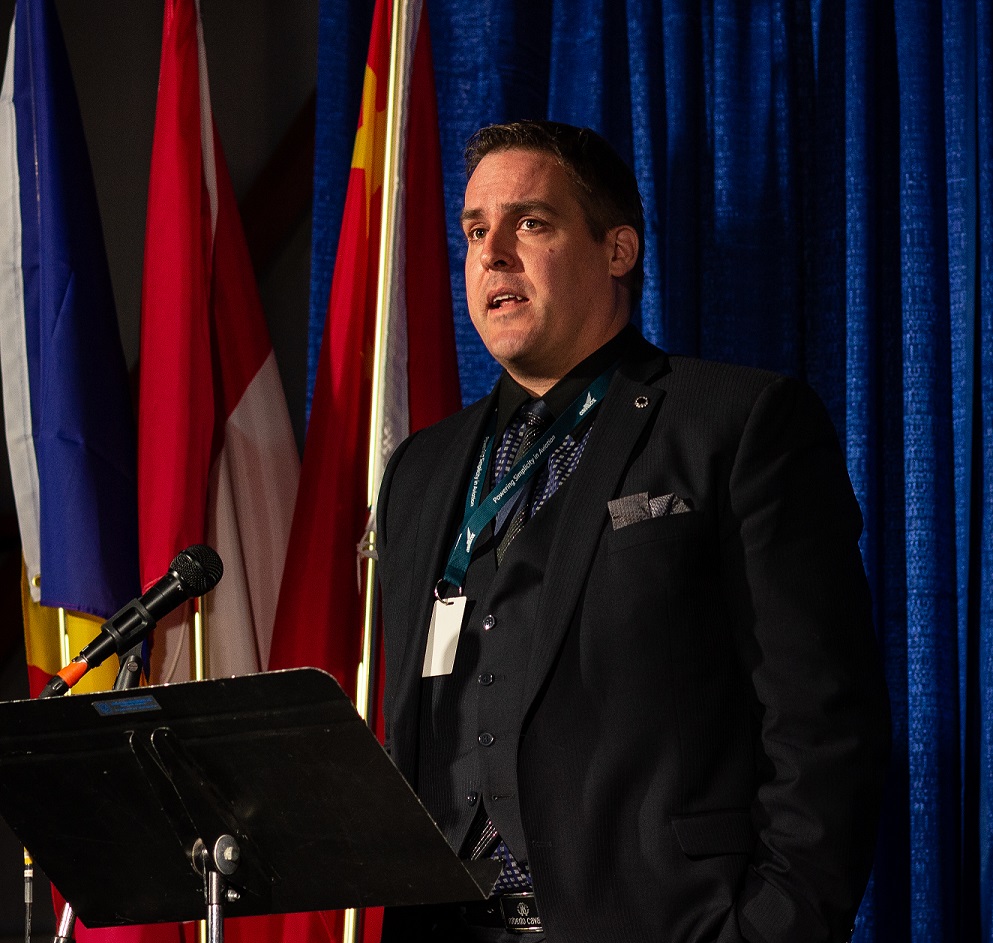Estimated reading time 6 minutes, 53 seconds.
Having just taken delivery of the first two new Viking Air Ltd. Series 400 Twin Otters to be purchased by a Canadian operator, Calgary-based Avmax Group Inc. is wasting no time sending the aircraft on a marathon transatlantic ferry route via the Azores to the Republic of Chad in north-central Africa.

Beginning Jan. 1, under contract to the China National Petroleum Corp. (CNPC), the two new aircraft will transport CNPC personnel between the capital city of N’Djamena and operations in southern Chad. They will replace two legacy de Havilland DHC-6 Twin Otters.
Viking acquired the type certificate for the DHC-6 and six other de Havilland aircraft in 2006 and has since built well over 100 of the next-generation Twin Otters. They have been delivered into a global market where operators have long since come to appreciate the performance, reliability and capacity of the rugged high-wing turboprop with its short takeoff and landing capabilities. A total of 844 of the “legacy” models were delivered.
The Series 400 picks up where the de Havillands left off, featuring upgraded Pratt & Whitney PT6A-34 turbines, a Honeywell Primus Apex digital avionics suite, and hundreds of other modifications that improve upon the originals.
Avmax — with an extensive fleet that includes large jets (various Boeings and an all-first-class seating Airbus A340 which is leased out for executive charters) and an extensive inventory of Bombardier CRJs and de Havilland Dash 8 turboprops — unveiled its two newest acquisitions, serial numbers 978 and 981, at its Calgary International Airport facility on Nov. 26, just five days after they were flown in from Viking’s delivery centre in Victoria, B.C.

“This multi-million-dollar deal is an excellent example of two Western Canadian companies reaching globally to strengthen aviation,” Avmax chief executive officer Mark Maydaniuk said in a statement. “This deal was possible due to Avmax’s strong collaborative relationships . . . local and worldwide, including China and Chad.”
Robert Mauracher, Viking’s executive vice-president for Sales and Marketing, added that he was “extremely pleased that a world-class Canadian company like Avmax, with their extensive aircraft portfolio and operational expertise, has selected the Twin Otter for their operational needs.” He also pointed out that “more and more operators around the world are recognizing the unique capabilities and versatility of the Series 400.”
Avmax chief commercial officer Al Young, who earned his commercial pilot’s ticket while serving in the Royal Canadian Air Force as an engine technician on the Lockheed Martin CP-140 Aurora surveillance platform, told Skies that the two “legacy” aircraft in Chad were bought by Avmax from Canadian Helicopters in 2012.
He said the Chad contract has been “very good” for Avmax in that each aircraft has been logging approximately 600 hours annually, providing dedicated charter service on a fairly regular schedule.

“Our Chad operations originally started with Exxon and CNPC. We were operating two Dash 8s and two Twin Otters and while we’re putting in the two new Twin Otters, we’re also putting in two Dash 8s this year as well . . . out of our current fleet.”
Fitted with long-range tanks, the Viking Series 400s will be flown to Chad by contract pilots from World Wide Ferry Inc., a company based in Strathmore, 50 kilometres east of Calgary. Mike Boettcher, technical director at Avmax’s leasing operation, told Skies that World Wide Ferry has decades of experience in delivering Twin Otters.
The delivery will be on a southern great circle route because these are what Young described as “warm weather” aircraft. “They’re not equipped with de-icing and other such luxuries, so we didn’t figure it would be a good idea to go across the top.”
Asked why Avmax pilots wouldn’t be doing the ferry run, he said they are still learning the new aircraft in two-pilot crews and the company also has other operations on the go. “The fact that they have thousands of hours of Twin Otter experience is mostly irrelevant. The 400 is a very different aircraft; it needs retraining to fly and it’s different on the maintenance side too, taking about a week.” The cockpit training is done at Viking, which has the only Series 400 simulator in the world.
The two “steam gauge” aircraft being replaced have been flown by “fairly high-time” Chadians and pilots from elsewhere in Africa as well as “basically all over the world,” but Young said the current cadre doesn’t include any Canadians.
Despite their vintage and high hours, the legacy Twin Otters have served Avmax and their previous users well in landlocked Chad’s generally very hot and often dusty sub-Saharan operating environment. One, built in 1971, has 32,000 hours on the clock while the newer one, a 1977 model, has even more at 36,000.
When it was suggested that Avmax would like to see the new aircraft accumulate those kinds of hours before they’re retired, Young agreed that, “We’d sure like to see that.”








